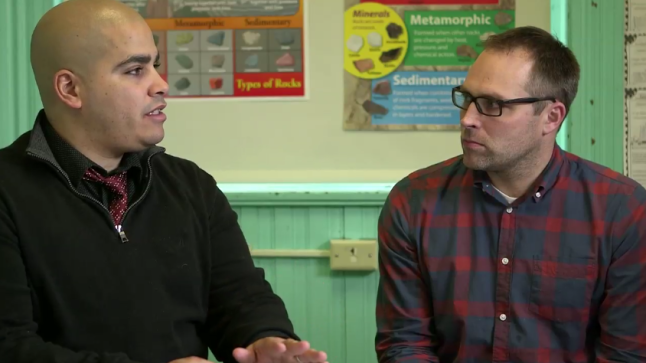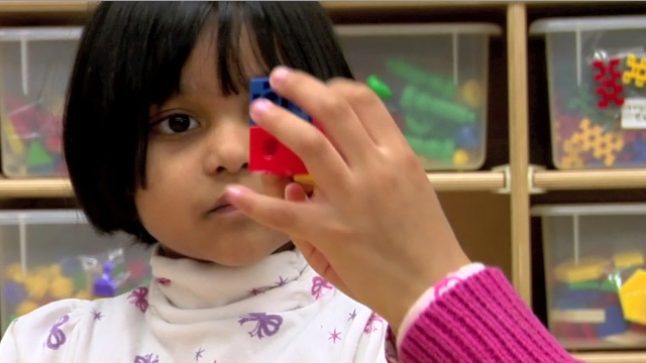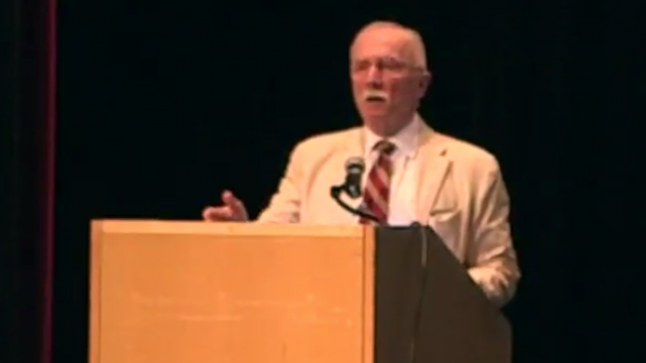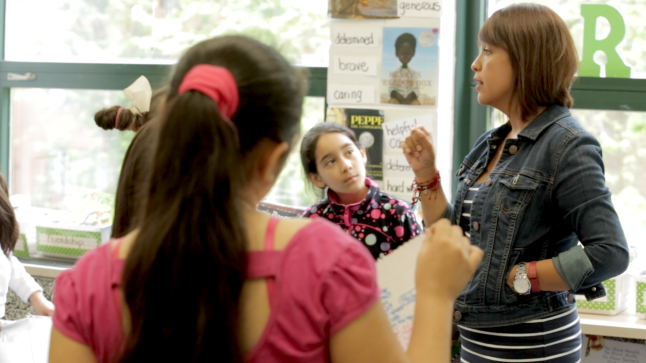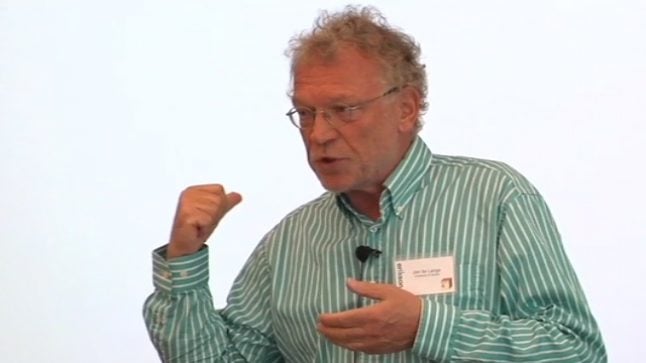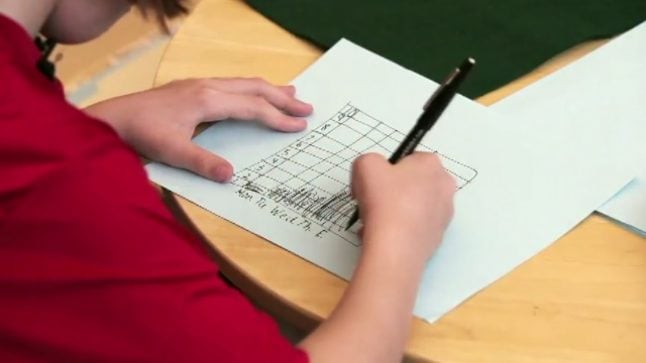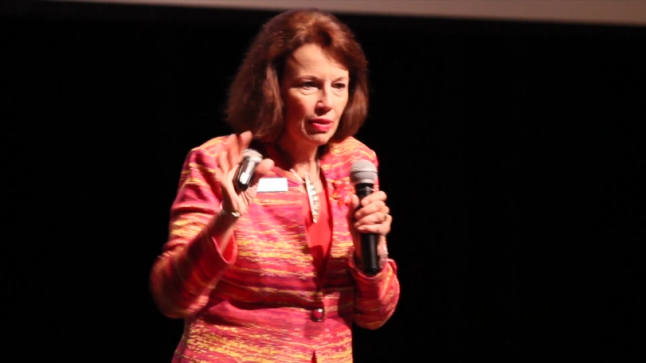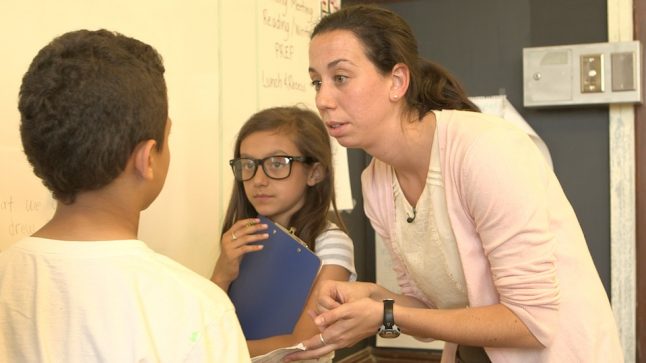Content Format: Video
Math-related resources and free stuff for teachers.
Series: Focus on Collaboration
Teachers Learning from Other Teachers
June 30, 2016
At Chase Elementary in Chicago, teachers from PreK to 5th grade meet regularly in grade level teams with the goal of sharing their practice.
- Age/Grade Level: Pre-K, Kindergarten, 1st Grade, 2nd Grade, 3rd Grade
Series: Focus on the Lesson June 25, 2016
Number Arrangements
Students create visual representations of different numbers. All children will benefit most from exploring number arrangements by beginning with 3 and moving up from that.
- Topic: Number Sense
- Age/Grade Level: Pre-K, Kindergarten
- Tags Subitizing
Series: Hear from the Experts May 7, 2016
“Ooh-Ooh Culture”: Answer-Getting Versus Collaborative Learning
Phil Daro compares and contrasts the answer-getting learning style of the United States with the collaborative learning style of Japan.
Series: Hear from the Experts April 22, 2016
Erikson Visits the White House for Symposium on Early Learning STEM
On April 21, 2016, the Early Math Collaborative was invited to the White House to attend its Symposium on Early STEM.
- Age/Grade Level: Adult Learners
- Tags Doug Clements
Series: Focus on the Lesson April 7, 2016
Preparing for a Gallery Walk
In a Gallery Walk, students walk around the classroom and describe their math thinking in depth, reflecting on the ideas of their classmates.
- Age/Grade Level: 1st Grade, 2nd Grade, 3rd Grade
- Tags Gallery walk
Series: Hear from the Experts March 18, 2016
Spatial Reasoning with Jan de Lange
Children, even at a very young age, have an incredible understanding of spatial relationships. Jan de Lange brings up the idea that elementary school classrooms might consider starting their math curriculum with spatial reasoning. Ideas…
- Topic: Spatial Relationships
- Age/Grade Level: Adult Learners, Pre-K, Kindergarten, 1st Grade, 2nd Grade, 3rd Grade
- Tags Jan de Lange
Series: Focus on the Child March 15, 2016
Second Grade Problem Solving with Child 5
This second grader demonstrates an interesting choice for a mathematical model by graphing.
- Topic: Pattern, Number Operations
- Age/Grade Level: 1st Grade, 2nd Grade, 3rd Grade
- Tags Problem Solving, Correction, Child 5
Series: Hear from the Experts March 13, 2016
Discussions that Advance Mathematical Learning with Diane Briars
Summing up the point of the day's lesson with the whole class is an extremely important, yet often neglected part of any math lesson.
- Age/Grade Level: Adult Learners, Pre-K, Kindergarten, 1st Grade, 2nd Grade, 3rd Grade
- Tags Diane Briars, Planning
Series: Focus on the Lesson February 25, 2016
A Gallery Walk to Inspire Student Collaboration
This third grade teacher leads a gallery walk with her students with the purpose of having children explain their thinking with peers.
- Topic: Measurement, Shape
- Age/Grade Level: 1st Grade, 2nd Grade, 3rd Grade
- Tags Gallery walk
Series: Focus on the Lesson February 1, 2016
Movement Counts
Students roll a die and mimic animal movements to connect counting words, visual number arrangements, and actions.
- Topic: Counting
- Age/Grade Level: Pre-K, Kindergarten
- Tags Animals, English Language Learner, Play, Books
